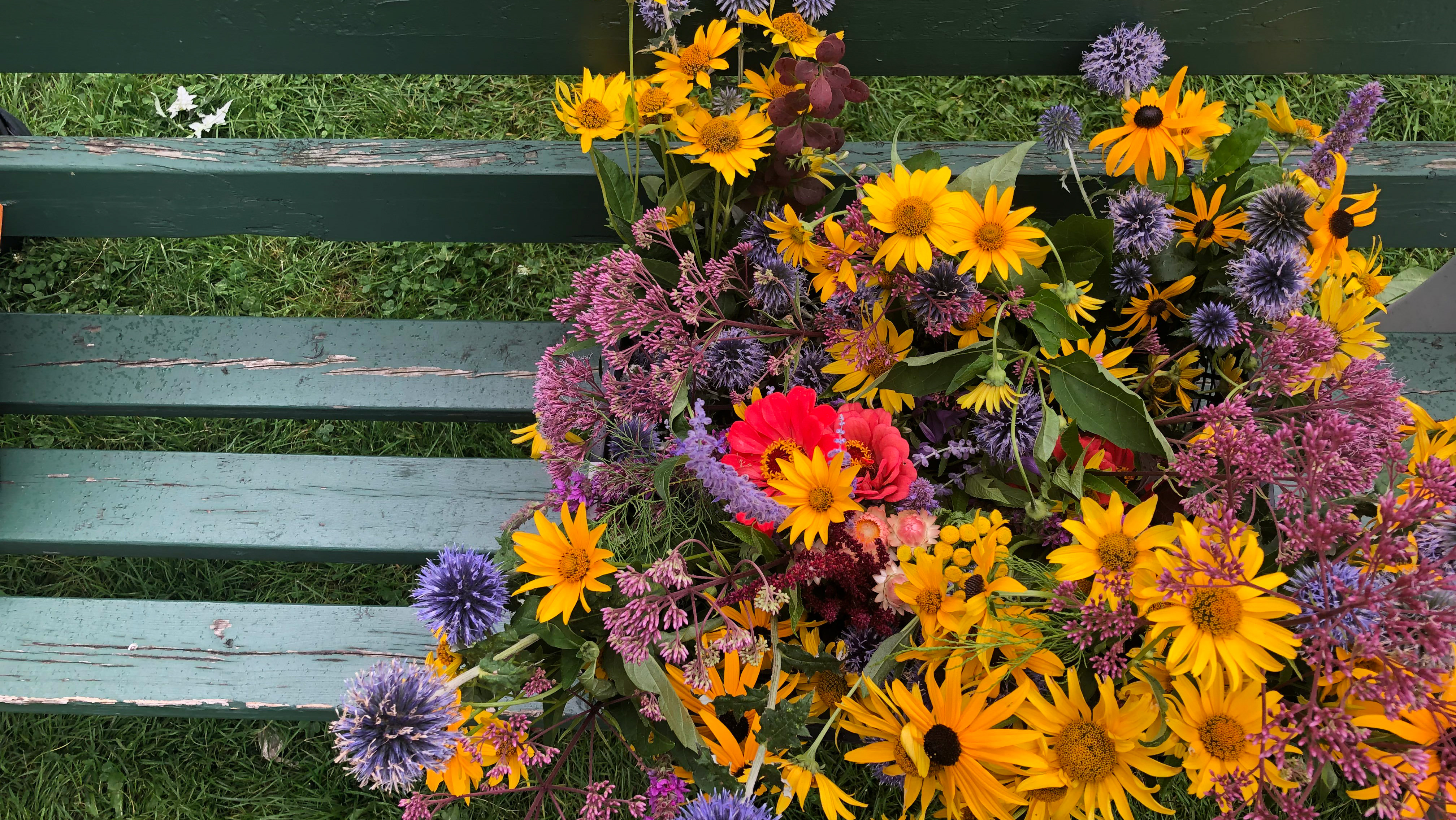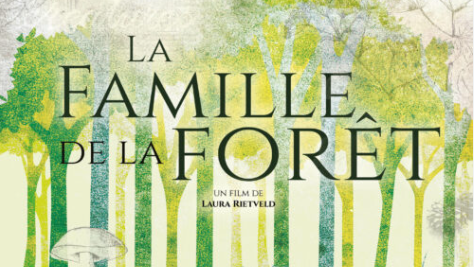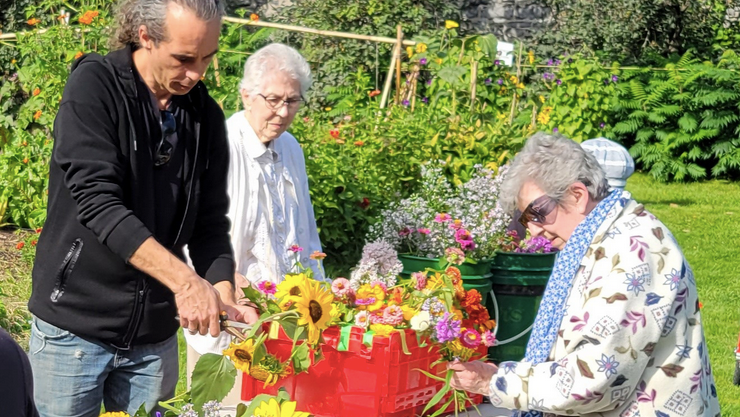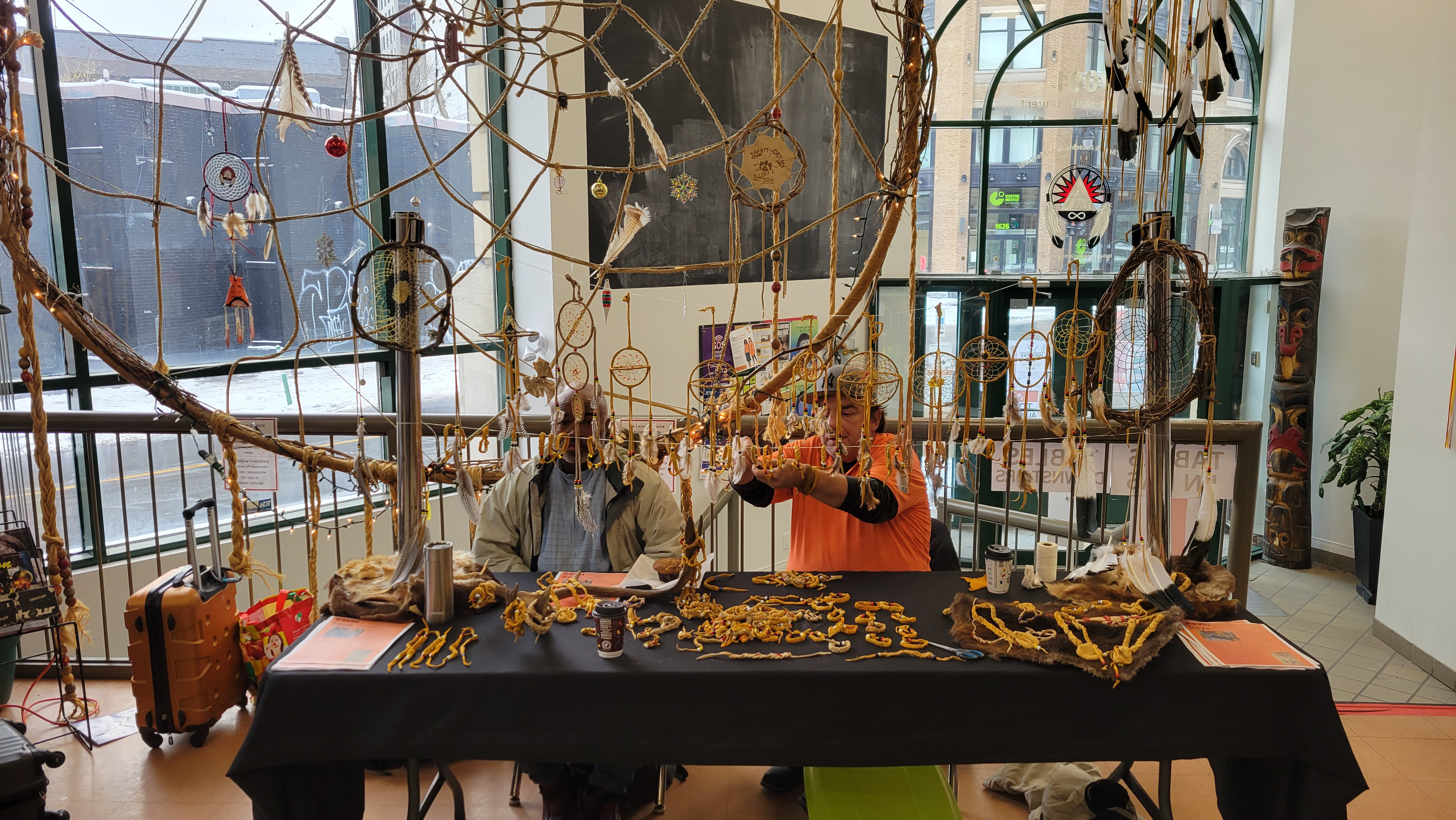Spiky Flower Boxes: Hidden Hostility in Milton-Parc
Cara Chellew
Tensions are high between housed and unhoused neighbours in the Milton-Parc community. Sometimes this looks like complaints to the city of Montreal or calls to the police. Other times these tensions manifest spatially.
In recent weeks, spiky flower boxes were installed in front 3412 Avenue du Parc at Sherbrooke where homeless Indigenous folks used to sit and panhandle. While the flower boxes may look harmless, they are an example of what’s known as “defensive” or “hostile” urbanism, a design and spatial management strategy that uses the built environment to guide or restrict people’s behaviour in urban space. It affects people who use or rely on public space the most like people who are homeless, by targeting behaviours they engage in, such as sleeping in public.
Most common forms of defensive or hostile urbanism include benches segmented with centre bars to keep people from laying down, spiky protrusions on ledges to keep people from sitting or skateboarding, and the absence of public amenities that support human wellbeing like benches, public washrooms, and places of shelter and shade.
While pervasive, defensive, or hostile urbanism is often unnoticed by everyday users because its coercive features are hidden within aesthetic or functional ones. In this case, the hostility of the anti-sit architecture is hidden within the aesthetics of “neighbourhood beautification.” This tactic has been similarly used in places like Toronto, Los Angeles, and San Francisco where it’s easier to make homeless people disappear than to address root issues of homelessness.
Not only do the spiky installations keep people from sitting, it sends a message to folks that they are not welcome and do not belong, further entrenching marginalization for people who have no place to go. Ironically, the building owner created anti-sit architecture in a place that needs seating the most - at a bus stop!
While we can empathize with business and property owners who feel like they have no other choice but to restrict access to their property, addressing the root causes to homelessness is the only way forward.
For many who are homeless or underhoused, they are dealing with complex issues such as mental health and substance use issues, often stemming from unresolved trauma. Addressing this complexity requires individualized and targeted support through building trust and relationships which takes more time and resources. It also requires a coordinated, rather than fragmented approach to bringing resources to people who need it, and not the other way around.
While issues of cohabitation are not easy to navigate, using design to exclude further entrenches divides we seek to bridge. Let us all work together to find solutions that promote the wellbeing and dignity of all community members, regardless of housing status.
---
Cara Chellew is a Milton-Parc resident and a PhD student in Urban Planning, Policy & Design at McGill University. She is a the founder of #DefensiveTO a multimedia project that documents defensive/ hostile urbanism in Toronto and beyond and is a volunteer organizer with Comm-Un.



